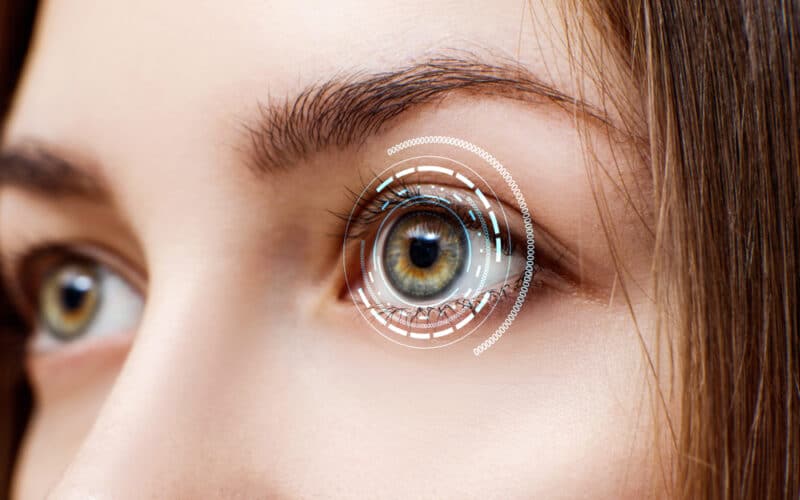Corneal Transplants

A corneal transplantation, also known as keratoplasty, is a surgical procedure to replace all or part of your damaged cornea with a donor cornea. A donated corneal tissue is taken from a recently deceased individual with no known diseases affecting the tissue. The purpose of a corneal transplantation is to reduce pain and restore vision. The surgery is performed by the professionals at our Cornea Centers in Stockton, Tracy and Lodi.
Transplant Procedures
Penetrating Keratoplasty (PKP)
Penetrating Keratoplasty is the replacement of an eye’s scarred, diseased or damaged cornea with a clear donated corneal tissue. The procedure can improve visual acuity as it is replacing the cloudy cornea with a clear donor tissue. PKP is suitable for those with corneal decomposition, corneal dystrophy (not including keratoconus), Fuchs’ Dystrophy and corneal trauma. PKP is an outpatient procedure while the patient is awake using local anesthesia or while the patient is unconscious under general anesthesia. The actual procedure takes 30 to 90 minutes. During the procedure the surgeon makes a circular incision in the eyeball, removing the entire thickness of the damaged cornea. The donor cornea is inserted in place and attached with extremely fine stitches, which are usually removed at one year. After surgery patients should expect a gradual recovery of vision. The best results may not be obtained for six to twelve months even though vision may be improved immediately following surgery.
Descemets Stripping Automated Endothelial Keratoplasty (DSAEK)
DSAEK is a relatively new treatment for damaged corneas, primarily treating Fuchs’ Dystrophy. Patients with this disorder do not have enough endothelial cells causing a buildup of water resulting in cloudy vision or loss of vision. This procedure also requires the use of a clear donated cornea. During DSAEK the damaged cells are “stripped” from the patient’s eye and replaced with a portion of the clear donor cornea. The procedure is more precise because it only replaces the damaged area of the cornea, and does not require stitches. The surgeon uses a bubble technique for the day of the surgery to allow the portion of donor cornea to hold in place. The procedure is outpatient but expect to be at the surgery center for a few hours. The surgery itself can last up to an hour. Using the bubble technique, the surgeon will require the patient to lie still on their back to ensure the air bubble moves into the eye to hold the donor cornea in place. After the air bubble connects the cornea, it will start to pump the water out of the cornea clearing vision. Expect final vision results up to six months after surgery.
Descemet’s Membrane Endothelial Keratoplasty (DMEK)
DMEK is a partial thickness corneal transplants which replaces the endothelium, the innermost portion of the cornea, instead of the full standard corneal transplants. This procedure is very similar to DSAEK, however the donor tissue does not include any stromal tissue and is only the replacement of the endothelium. The DMEK procedure is done through a small incision in the cornea, peeling back the distorted endothelial layer from the cornea and replacing with the healthy donor tissue. The tissue is held in place using the air bubble method. The procedure itself lasts about 30 minutes. The surgeons at Delta Eye Medical Group may require follow up care in the first 3 months after surgery.
If you have any questions or concerns following your surgery don’t hesitate to contact our Cornea Centers in Stockton, Tracy or Lodi.


